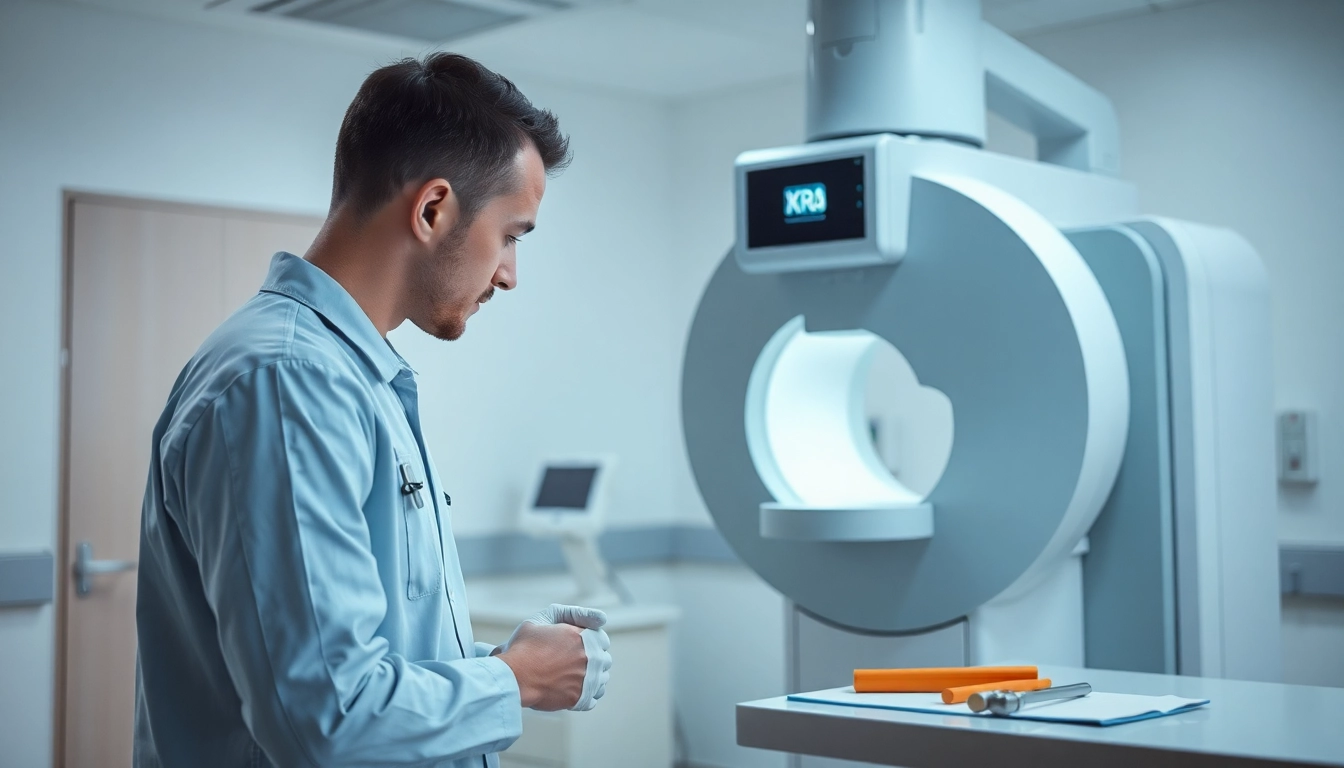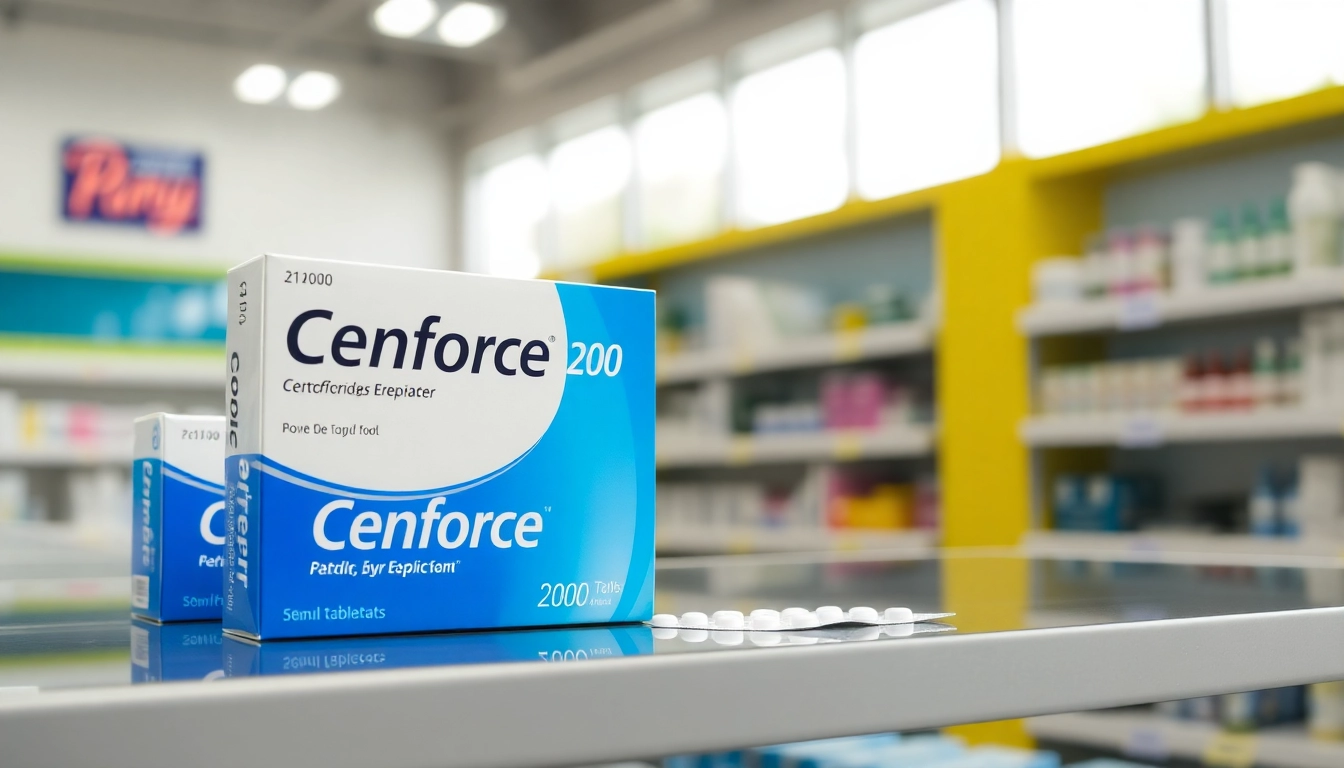Understanding the Importance of Annual Maintenance for X-Ray Machines
X-ray machines are indispensable tools in modern medicine, offering critical insights into patient health. Regular upkeep is essential to ensure they operate at peak performance and deliver safe, accurate results. This necessity is encapsulated in the concept of annual maintenance for X-ray machines. This maintenance is not merely a formality; it embodies a commitment to operational excellence and patient safety.
Why Regular Maintenance Matters
Regular maintenance is foundational to the longevity and performance of X-ray machines. These sophisticated devices undergo wear and tear with each use. By adhering to a consistent maintenance schedule, facilities can ensure their machines function optimally, which is crucial for accurate diagnostics. Moreover, regular maintenance helps in adhering to compliance regulations, which, if ignored, may lead to costly penalties or equipment failure during critical usage.
Consequences of Neglecting Maintenance
Failing to maintain X-ray machines can lead to a multitude of adverse effects. The most immediate consequence may be equipment malfunction, resulting in inaccurate imaging. This not only jeopardizes patient safety but also places healthcare practitioners at risk of liability. Furthermore, neglect can lead to extensive repair costs and increased downtime, ultimately affecting the reputation of the healthcare facility. Long-term neglect also shortens the lifespan of the equipment, leading to frequent replacements that are financially burdensome.
Key Components Requiring Attention
Prioritizing annual maintenance means focusing on several critical components of X-ray machines:
- Calibration Settings: Ensuring accurate imaging requires regular calibration, as slight adjustments can significantly impact results.
- Image Quality Controls: Regular checks on the image quality mechanisms can prevent issues that lead to diagnostic errors.
- Safety Mechanisms: These are crucial for protecting both patients and staff from unnecessary radiation exposure.
- Mechanical Components: Routine inspections of moving parts and software are vital for smooth operation.
Best Practices for X-Ray Machine Maintenance
Scheduling Regular Inspections
Creating a proactive maintenance schedule can significantly impact the performance and reliability of X-ray machines. Establishing a routine for inspections – ideally, annually – allows for early detection of potential issues. Typically, inspections should include a thorough review of mechanical components, software updates, and calibration checks. This method helps keep abnormalities at bay and allows for immediate correction of any detected issues.
Keeping Accurate Maintenance Records
Documentation is a vital aspect of effective maintenance practices. Keeping detailed records of inspections, repairs, and routine maintenance activities not only ensures compliance with regulatory standards but also provides insights into the machine’s operational history. These records can be invaluable in troubleshooting potential future problems and determining when equipment needs replacement or more extensive repairs.
Involving Trained Professionals
Personnel operating X-ray machines, as well as those performing maintenance, should undergo appropriate training. Involving experienced technicians for maintenance tasks ensures that all checks are performed accurately and thoroughly. These professionals are typically more adept at identifying subtle issues that non-specialists may overlook, thus preventing more significant future problems.
Essential Tasks in Annual Maintenance
Calibrating Equipment for Optimal Performance
Calibration is crucial for ensuring consistent X-ray image quality. Over time, calibration settings can drift, leading to images that may not accurately reflect the patient’s condition. Regular calibrations, including proper adjustment of exposure settings and alignment checks, are necessary to maintain image integrity and compliance with medical standards.
Checking Safety Protocols and Equipment
Patient and staff safety are paramount in healthcare settings. Regular checks of protective equipment, such as lead aprons and shields, must be performed to ensure they are free of defects and ready for use. Furthermore, all safety alarms and interlocks should be tested to ensure reliable performance during operations. Safety training for all staff interacting with imaging equipment is also essential.
Cleaning and Disinfecting The Machine
Routine cleaning and disinfection of X-ray machines are vital to prevent cross-contamination among patients. All surfaces, including control panels and patient contact areas, should be routinely cleaned using appropriate disinfectants. This promotes safety and preserves the integrity of the equipment by preventing any build-up of contaminants that may impair its performance.
Cost Considerations for Annual Maintenance
Budgeting for Regular Upkeep
Budgeting for annual maintenance involves both anticipating direct costs associated with maintenance contracts and unexpected costs arising from equipment failure. Facilities should allocate a dedicated budget for maintenance to ensure they can address wear and tear promptly. A preventive approach is typically more cost-effective than reactive maintenance, which can incur more significant expenses due to extended downtimes.
Evaluating the Cost-Benefit of Maintenance
Evaluating the cost-benefit ratio of maintenance practices involves analyzing the financial implications of regular maintenance versus the risks of neglect. Facilities that invest in routine maintenance often benefit from increased machine longevity, improved operational efficiency, and enhanced patient safety, all leading to improved overall revenue. This cost-saving perspective emphasizes the importance of proactive maintenance strategies.
Understanding Insurance Implications
Health insurance policies often require facilities to maintain medical equipment in good working order to avoid claims denial in the event of malfunctions. Regular maintenance can protect healthcare providers from potential legal liabilities related to equipment failures, thus minimizing insurance issues. Keep close communication with your insurance providers to ensure compliance with their maintenance guidelines.
Future Trends in X-Ray Machine Maintenance
Advancements in Maintenance Technology
The field of medical imaging is constantly evolving, and so too are the technologies that support maintenance. Innovations such as predictive maintenance tools utilize data analytics and algorithms to foresee potential equipment failures, enabling facilities to perform necessary repairs before failures occur. This approach transforms maintenance from a reactive to a proactive endeavor.
The Role of Remote Monitoring
Remote monitoring technology is revolutionizing how healthcare facilities manage their imaging equipment. By leveraging IoT (Internet of Things) capabilities, technicians can monitor performance metrics remotely, detecting anomalies and initiating corrective actions without being on-site. This technology not only saves time but also reduces the likelihood of extended downtimes, fostering continuous operational efficiency.
Preparing for Regulatory Changes
As the healthcare industry evolves, so do regulations surrounding equipment maintenance. Staying informed about any regulatory updates ensures compliance and mitigates risks associated with fines or penalties. Healthcare facilities should regularly review policies set forth by organizations such as the FDA and the American College of Radiology to ensure they adhere to best practices for equipment safety and maintenance.



